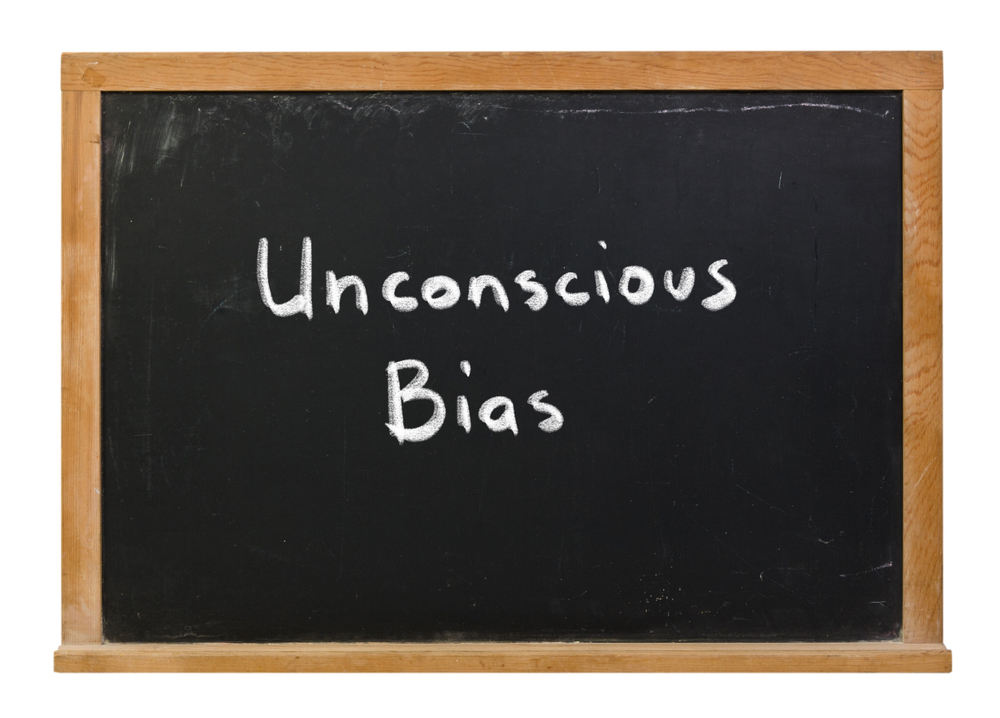Diversity, equity, and inclusion (DEI) programs are all the rage, with Fortune 1000 companies spending roughly $1.5 million on DEI programs annually—all while slashing budgets in other critical areas. If this were merely a case of wasted corporate resources, that would be the good news. Yet the bad news is more alarming: Mounting evidence reveals that these programs are not only wasteful but also doing more harm than good.
Many well-meaning DEI programs, such as unconscious bias training, produce the opposite result of their stated goals, ultimately increasing stereotyping, limiting open communication, and doing serious damage to employees’ connections with one another. But why?
Research points to three areas where DEI programs fall short:
1. They cue people in to differences rather than similarities. To rid organizations of discrimination, employees need to see each other as similar, connected, and working collaboratively toward shared goals. A focus on bias—conscious or unconscious—highlights employee differences and, in the end, defeats the program’s purpose.
2. Unconscious bias testing isn’t a true measure of prejudice. Every person on earth forms split-second judgments based on a lifetime of experiences and stored data. While it’s helpful to be aware of this unconscious processing, we need to remember that most people interact consciously, not unconsciously.
Scoring “poorly” in unconscious bias testing doesn’t mean a person is racist, xenophobic, sexist, ageist, or otherwise. Unfortunately, many who have gone through unconscious bias training feel anxious and worry that their so-called “bias” will be apparent to others, causing them to withhold authentic conversations with people who are demographically different.
3. DEI programs exhaust two limited corporate resources: time and money. Benchmarking has worsened this resource drain, as “other companies are doing it” has become the rationale for engaging in ineffective programs.
Now, armed with better knowledge, let’s turn these limited resources toward an approach that works: cultural agility.
Cultural Agility Is a Crucial Skill in a Diverse World
Cultural agility remains one of the most underdeveloped competencies in the workforce. Only 30% of professionals have cultural agility, which is the ability to interact comfortably and effectively with people from different cultures, genders, races, professions, generations, or nationalities. At the same time, cultural agility is one of the most critical competencies needed in organizations that are quickly becoming more diverse.
Based on my research, here are four simple suggestions that will help employees build this crucial skill:
1. Focus on similarities. Research shows that people who focus on finding similarities have a heightened sense of belonging, acceptance, support, and openness—the very features you want in employees’ hearts and minds as you foster a positive and enduring change in your organization’s DEI.
2. Emphasize the context. Culturally agile people understand that their skills will be limited when they don’t fully understand the context of a situation, particularly when working with people from different generations, professions, or nationalities.
There are many techniques that will reinforce this appreciation for context. For example, when company leaders ask questions, encourage feedback, or inquire about how to be more effective, they model that it’s acceptable to be open and humble about unknowns without undermining their credibility.
3. Hire based on cultural agility. A greater number of culturally agile employees in your organization will create an environment where DEI can flourish. You can select for and hire people with cultural agility using assessment tools such as the Cultural Agility Selection Test (CAST).
In addition to thinking about how you’re hiring, you also need to think about how you shouldn’t be hiring. Specifically, consider the way networking and recruiting unfold in your organization and whether they allow cultural agility to flourish.
Here’s an easy way to test this: Could your hiring managers be proud of the fact that they just hired someone from their alma mater, sports club, fraternity, or sorority? If they can share this as “good news,” your organization likely has a problem with cultural agility—unless, of course, its recruiting source is regarded as comfortably multicultural and highly integrated. (This would, in fact, be good news.)
4. Foster self-awareness. Cultural agility requires employees to appreciate how their perceptions, values, and norms have been shaped by their own life experiences, including their upbringing, education, chosen profession, generation, and more.
In addition, there are certain traits and competencies that support cultural agility, such as humility, curiosity, tolerance of ambiguity, and perspective-taking. Many employees are unaware of these potential strengths or the opportunity to develop them. At a minimum, there are free resources, such as the Cultural Agility Competency Assessment on myGiide.com, that can be used to foster this self-awareness and develop cultural agility.
The benefits of diversity don’t come about when employees from different generations, cultures, or religions work together. They arise when employees have the cultural agility to trust, respect, collaborate with, and appreciate the contributions of those whose life experiences and values are different from their own. HR has the tools, resources, and now the science to make this positive change.
Paula Caligiuri is a D’Amore-McKim School of Business Distinguished Professor of International Business at Northeastern University and founder and CEO of Skiilify, a digital platform for improving cross-cultural communication. She has a new book, Build Your Cultural Agility: The Nine Competencies of Successful Global Professionals,and offers a free Web tool to assess cultural agility at myGiide.com.

